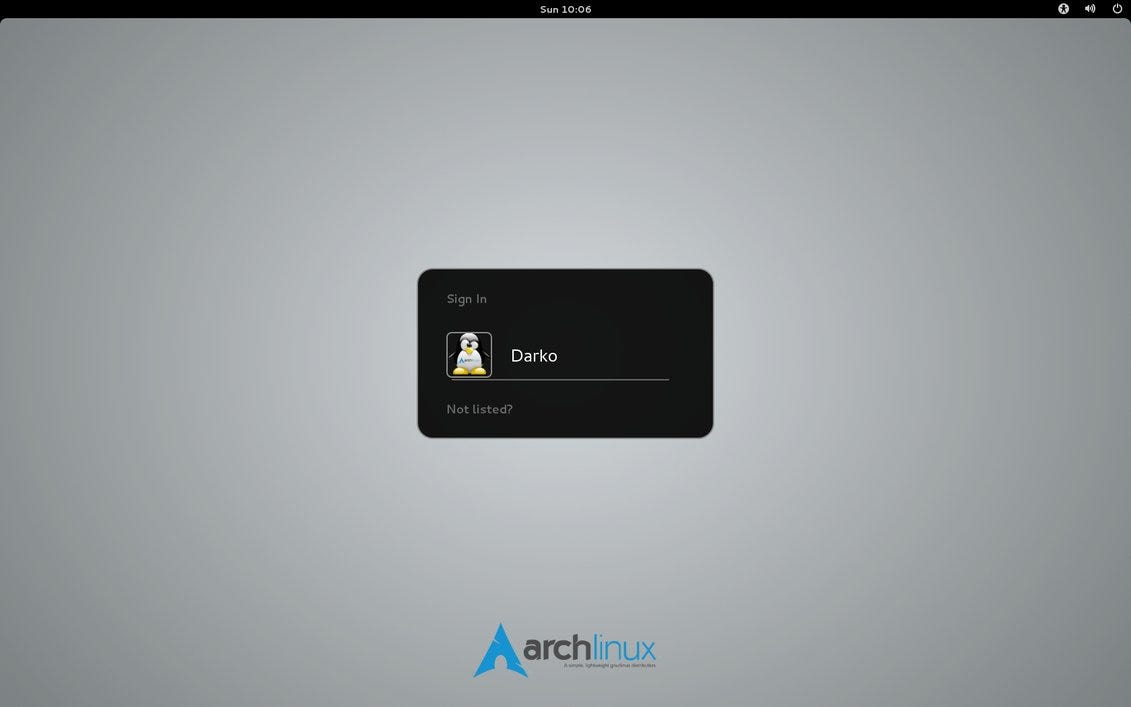

It will similarly set up a default environment for keyboard, etc.
#STARTX VS XINIT HOW TO#
Then if you are like me or at least one other archer (Earnestly) youd even figure out how to replace xinit with a much much smaller alternative because xinit is just so darn bloated too. I'd be surprised if this has anything to do with Yum or Gnome or any of its dependencies, but more likely with mixing a generated nf with Intel gfx, if not broken pass-through. Two alternative methods for starting an X display server are by using a display manager and by starting the X server and then manually starting one or more clients. Of course if you really want to shave time and processes, you should use xinit rather than startx. Nevertheless, I do have suggestions, depending on what you actually want, and hardware you actually have. However, the problem I'm having is that sudo startx executes (as far as I am aware) the default /etc/X11/xinit/xinitrc file, rather than the /.xinitrc in jeremy 's home directory. Typically, this script runs a number of programs and a window manager. The /.xinitrc looks like this: Now I can confirm that sudo startx /.xinitrc (as user jeremy) correctly starts the awesome window manager. In general, xinit and startx can start an arbitrary server and run an arbitrary script. When the xterm terminates, xinit and startx kill the X display server. The startx script is a front-end for xinit.īy default, xinit and startx start an X display server pointing to a display device that is enumerated as :0 and then start an xterm on it. The contents of startx and the system default /etc/X11/xinit/xinitrc can vary from distribution to. The xinit program allows a user to manually start an X display server. startx calls xinit with two main arguments: a. While you can also use xinit to run GUI applications without a window manager, many graphical applications expect an EWMH compliant window manager. xinit is typically used to start window managers or desktop environments. Optionally, the packages xorg-twm, xorg-xclock and xterm allows for a default environment, as described below. Now this is a weird problem about how I am starting dwm.
#STARTX VS XINIT INSTALL#
If you want to start X without a display manager, install the package xorg-xinit. When I start dwm from a tty using the command: startx /usr/bin/dwm It starts up but when I replace the absolut I am on Manjaro i3 and wanted to try out dwm. The startx (1) script is a front-end for xinit (1). It explicitly tells you to install the xorg-xinit package a couple of lines above running startx. thing is that xinit starts what it says in the xinitrc file (~/. The xinit program allows a user to manually start an Xorg display server. Note that just starting X won't give you a terminal or anything, just a black screen. startx startx Actual results: X does not start Expected results: X starts and launches. When I run up xdm, and have, as my Xsession, a link to the xinit.fvwmrc (so that I get the same defaults as with startx), then the character is mapped to the kill command - and to erase. The default /etc/X11/xinit/Xclients script does not source my. If you really want to investigate, try switching to a "real" terminal and writing X :1 (or Xorg :1) (then reading the man pages actually read the X logs first) When I start X11 from the startx script, using xinit.fvwmrc, all is well.
#STARTX VS XINIT SOFTWARE#
I don't know what setup lightdm does but i suspect it succeeds where startx fails because of the console/logind (blame would be on the distribution you are using not shipping with good configuration, or maybe a piece of software i don't want to mention) You can start Xorg yourself but among the things startx and xinit set up are various permissions and other things of the Xorg server (note that there are also config files) Xinit, after doing some things, starts Xorg When this first client exits, xinit will kill the X. Startx, after setting up some environment arguments, runs xinit The xinit program is used by startx(X) to start the X Window System server and a first client program. Startx is a shell script, so you can just open it with a text editor and look at what it does


 0 kommentar(er)
0 kommentar(er)
